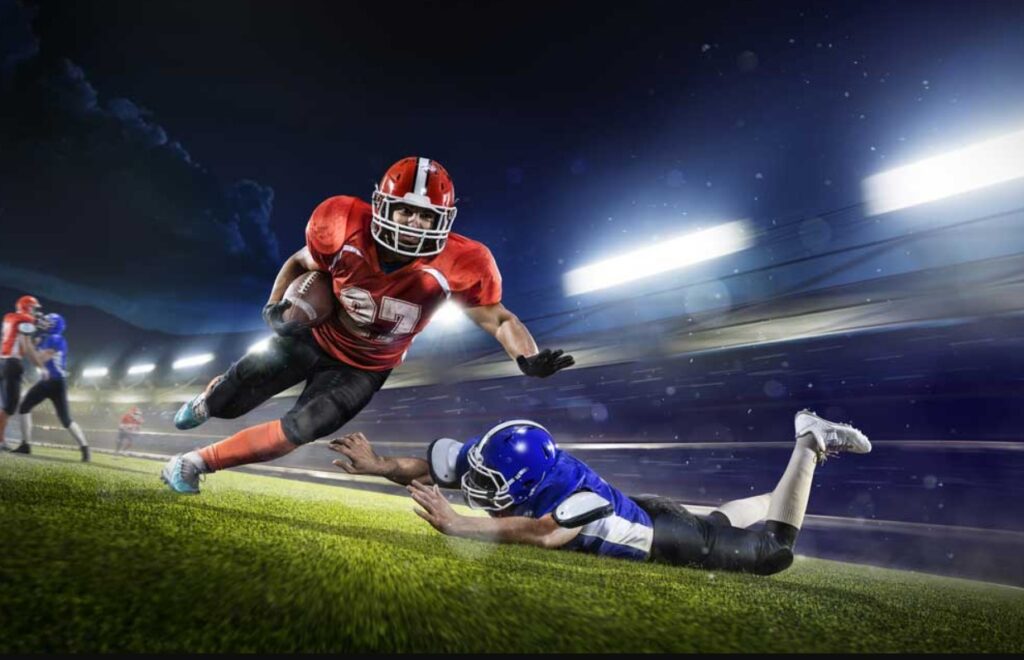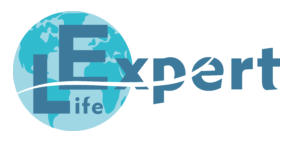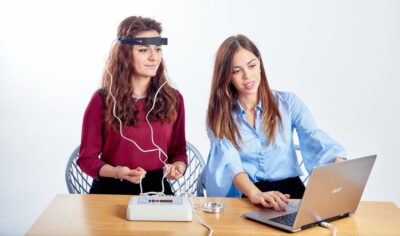
Post-concussion rehabilitation in sports: bioresonance and other effective methods
Share the article

Despite the fact that neurologists have come a long way towards diagnostics, treatment and recovery of patients after craniocerebral injury (CI), concussion still represents a serious pathology which may lead to such consequences as physical disability or death. Knocks on the head are becoming of particular importance for the athletes of highly vulnerable group – those who often proceed with their training, paying no attention to injury.
These issues were discussed at the 5th International Conference dedicated to concussion in sports, which was held in Berlin in October 2016. During preparation for the meeting, over 60,000 medical documents related to the problem were analyzed, and that allowed experts to reconsider their approach to the definition, symptoms, and principles of early detection of craniocerebral injury in athletes.
Berlin Consensus Agreement: what is new in concussion treatment
Pursuant to the results of the conference, the official Berlin Consensus Agreement was issued in 2017. Its provisions deal with expansion and clarification of the definition “concussion in sports”. Also, clear recommendations concerning the methods of assessing the presence/absence of craniocerebral injury, both on the spot during training, and subsequently in a hospital setting, were presented. Application of dedicated algorithms allows to timely diagnose a dangerous condition, and start treatment as early as in the first hours after injury.
The document clearly sets out the rules regarding the indications for sending-off an athlete from training / playing field, allowing to avoid the risk of sudden death and other complications after a craniocerebral injury that remained unnoticed in due time.
Thanks to the Berlin Consensus Agreement, it became possible to standardize and improve the quality of medical aid rendered to patients with head injuries. In the long run, this would help to reduce the number of cognitive impairments, persistent headaches, chronic encephalopathy, Alzheimer’s disease, and other long-term effects concussion may contribute to.
Proper diagnostics is half the battle
Application of the following modern algorithms has been proposed for the purpose of early diagnosis of head injuries in athletes:
- CRT5 recognition algorithm (CONCUSSION RECOGNITION TOOL 5), which will be of help to the people having no medical background, to assess the likelihood of a concussion quickly, and call an emergency;
- SCAT5, sports concussion assessment tool (SPORT CONCUSSION ASSESSMENT TOOL-5TH EDITION), which is used by medical professionals during the initial examination of adults and adolescents over 12 years of age;
- Child SCAT5 algorithm, which is the analog of SCAT5, and is designed specifically to assess the signs of concussion in children under 12 years of age.
These algorithms are used as the basis for prompt assessment of the injured person’s condition “on the spot”, while a detailed examination of the state of brain is carried out in a neurological hospital.
According to the Berlin Agreement, a comprehensive diagnosis requires standard examination by neurologist, and neuroimaging (CT or MRI of brain), ultrasound scanning of brain vessels, as well as performing some laboratory tests (blood tests, cerebrospinal fluid examination).

Rehabilitation of the brain function after concussion: review of effective methods'
The materials of 5th Berlin Conference are largely dealing with the issues of expert rehabilitation of patients after head injuries and concussion, which allows to prevent dangerous complications of this condition. On average, recovery takes from 10 days to 1 month, which depends on the injury’s severity as well as individual characteristics of an organism.
According to the Berlin Consensus Agreement, the concussion rehabilitation program may include:
- Individual schedule of exercises;
- Special methods of physical therapy;
- Cognitive and behavioral correction;
- Medication therapy.
It is worth noting that, despite the fact that the conference and all regulations thereof were devoted purely to rehabilitation of athletes, neurologists’ achievements may also be used to treat concussions caused by domestic or industrial injuries. Since the mechanism of brain damage and the process of nerve tissue recovery is practically independent of the conditions in which injury was caused, all these rehabilitation programs will be effective for a wide range of patients.
Methods of rehabilitation after concussion
The following methods are used in the recovery period after head injuries:
- Magnetic therapy. Exposure to constant or alternating magnetic field renders positive effect at molecular level, normalizes biochemical processes in the nervous tissue, improves blood supply and nutrients delivery. Transcranial magnetic stimulation method has shown the greatest efficiency.
- Laser therapy. Low-intensity laser radiation acts at molecular, cellular and tissue levels, causing adaptive and compensatory responses. As a result of laser therapy, regenerative processes are accelerated, cellular metabolism is improved, microcirculation and flow of nutrients to the tissues are activated. The technique also has analgesic effect and helps to cope with post-traumatic headaches.
- Bioresonance therapy. When used in the first days after injury, it reduces tissue swelling and relieves pain, and also stimulates blood circulation in the recovery period, enhances oxygen supply to brain and accelerates metabolic processes. Bioresonance contributes to the relief of astheno-neurotic syndrome which occurs in all patients after head injury. A course of bioresonance therapy improves quality of sleep, reduces headaches and dizziness, and stabilizes the patient's emotional state. Also, bioresonance acts as an adaptogen, accelerating body recovery after concussion. Today Bioresonance therapy is available in the comfort of your own home with the help of Bioresonance devices.
- PNF method. Proprioceptive neuromuscular facilitation is applied in sports medicine and neurology to restore the volume of active movements, consistency of work of various groups of body muscles, and improve coordination. This method has shown greater efficiency than classical physical therapy.
- Massage.Therapeutic massage techniques applied for treatment of back, neck-collar zone and extremities are designed to stimulate blood supply and muscle trophism, improve muscle strength and tone, and restore full physical activity.
- Neuropsychological correction. A neurologist, neuropsychologist and physiotherapist need to join their efforts in order to normalize the patient's psychological state, control his emotional sphere and eliminate cognitive disorders.
Very important for rehabilitation of patients are medical methods which are selected by the doctor individually, taking into account the severity of injury and other health parameters. Most often, nootropics and neurometabolites are used, which stimulate metabolic processes in the brain, as well as medications contributing to better blood supply to nervous tissues and affecting the vascular tone.
Adaptogens, vitamin and mineral complexes are used to improve the overall well-being and enhance physical performance.

Summing up
Findings of the 5th Berlin Conference are the cutting edge guidance helping doctors in sports medicine from around the world to treat concussions properly. The document also emphasizes the important role of physical rehabilitation methods for patients after concussion, of which bioresonance, magnetic therapy, laser therapy, and PNF method have shown high efficiency.
However, many points of the consensus still require supplementing and extending, so the study of new approaches to traumatic brain injuries continues without intermission.
Yourlifexpert is official representative of WebWellness Technologies – Bioresonance therapy devices for home use. If you are interested to learn more about Bioresonance technologies for concussion treatment, we will happy to find the right devices for you.








